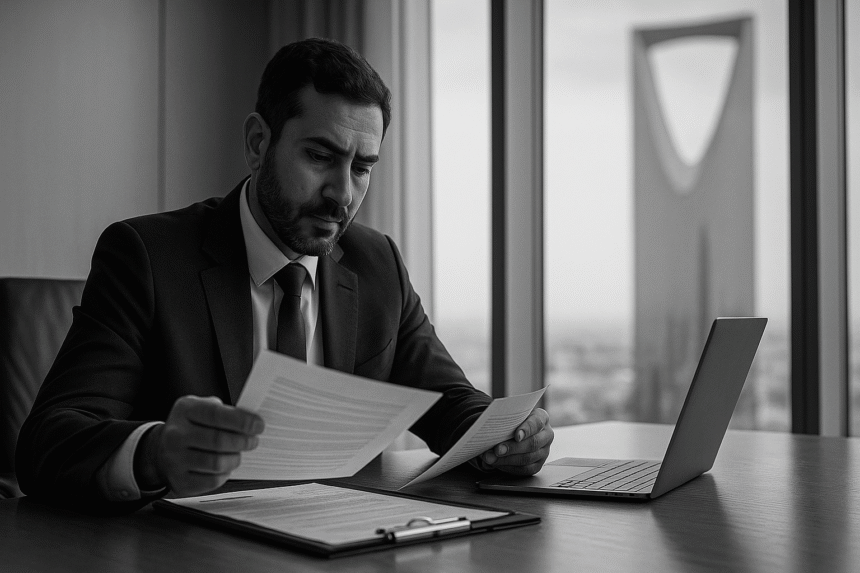“Building Stronger Claims: How Best Practices Are Reshaping Contractual Dispute Evaluations”
A deeper look into Ashok Rajendran’s guide on mastering fairness, compliance, and strategy in contractual claims management.
Introduction
“Evaluating contractual claims requires more than technical knowledge — it demands structured fairness, compliance, and foresight.” With these words, Ashok Rajendran, a seasoned Chartered Sr. Commercial Manager at Gleeds / NEOM, set the tone for a compelling LinkedIn post that resonated widely across the project management and construction sectors. His practical breakdown of the best practices for evaluating claims offers a clear path through the often murky waters of dispute resolution.
Background & Context
Ashok Rajendran, known for his deep expertise in infrastructure and construction disputes, posted a comprehensive checklist for evaluating contractual claims. Given the complex and high-stakes nature of major projects — especially in giga-projects like NEOM — this post was timely. Contractual claims are surging amid global project delays, supply chain issues, and economic uncertainties, and professionals are seeking sharper frameworks to navigate them effectively.
Main Takeaways / Observations
1. Comprehensive Contract Review:
-
Claims evaluation starts with meticulously reviewing obligations, terms, and deviations to identify legitimate entitlements.
2. Evidence-Based Documentation:
-
Maintaining contemporaneous records ensures transparency and strengthens claims validity.
3. Cause and Effect Analysis:
-
Ashok emphasizes tracing the direct and indirect impacts of issues such as delays or material shortages on project outcomes.
4. Quantification and Justification:
-
Using recognized methodologies to quantify losses ensures claims are data-driven, not opinion-based.
5. Adherence to Legal and Regulatory Requirements:
-
Compliance with statutory deadlines and legal standards is non-negotiable for successful claims.
6. Stakeholder Communication and Negotiation:
-
Fostering open dialogue between parties can lead to quicker, more amicable resolutions.
7. Risk Assessment and Strategy Development:
-
Evaluating reputational, legal, and operational risks helps teams prepare better defenses and proactive solutions.
Community Reaction
The post drew praise and thoughtful engagement from the construction and claims community.
-
Mike Testro noted that these recommendations are essential for evaluating claims, using a simple three-question method: “Is it plausible? Is it correct? Is it proven?”
-
Graham N Hooley appreciated the fact-based, no-nonsense approach, calling it “common sense endorsed by facts.”
-
Professionals like Mohamed Irfan Sulthan, Dr. Nagarajan Velappen, and Sanjiv Kumar G. thanked Ashok for shedding light on a frequently misunderstood process.
Our Perspective / Analysis
From a legal and project controls perspective, Ashok’s method reflects not just technical excellence but real-world risk management. Adopting these practices ensures claims are evaluated based on objective merit rather than emotional arguments — a critical distinction that protects project outcomes, client relationships, and organizational reputation. This guide could easily be used to strengthen clauses around change orders, dispute boards, and delay analysis methodologies in contracts.
Call to Reflection or Action
If you’re handling projects where claims are inevitable, are your current evaluation processes robust enough to pass Ashok’s checklist? Perhaps now is the time to rethink your approach — because in claims management, preparation isn’t just important; it’s everything.
Click here to visit LinkedIn post



Leave a Reply